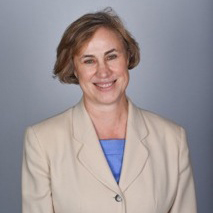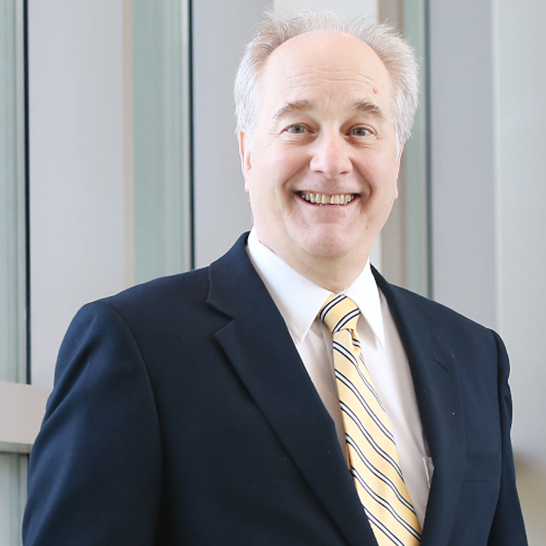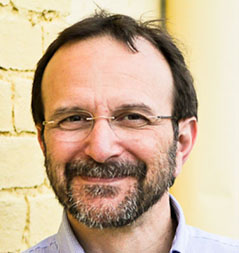TWiM explains two strategies for bacterial competition for resources: by laying down a slippery lipid and pushing away competitors, or by breaking open cells with a spike, liberating essential nutrients. Hosts: Vincent Racaniello, Michael Schmidt,…
A highly reduced TWiM team presents a study of the use of phage diversity in cell-free DNA to identify bacterial pathogens in human sepsis cases, and the evolution, persistence, and host adaptation of a gonococcal antimicrobial resistance plasmid that emerged in the pre-antibiotic era.
TWiM explains how phages avoid tRNA-targeting host defenses, and discovery of a new antibiotic from an uncultured bacterium that binds to an immutable target.
TWiM highlights viral defense and counter-defense: cGAS mediated ubiquitination to counter infection, and viral sponges that sequester nucleotide signals to inactivate immunity.
TWiM explores the use of Archaea to produce plastics from molasses wastewater, and a bacterial defense against bacteriophage infection that involves depletion of deoxynucleotides. Hosts: Vincent Racaniello, Michael Schmidt, and Michele Swanson Right click to…
TWiM reviews discovery of a bacterium that is visible to the naked eye, and reversible resistance to bacteriophage by shedding of the bacterial cell wall.
TWiM explains the discovery of hotspots of genetic variation containing reservoirs of anti-phage systems in E. coli phages and their parasitic satellites, and pathogen desiccation tolerance promoted by hydrophilins.
TWiM reveals how temporal shifts in antibiotic resistance elements govern phage-pathogen conflicts, and the intracellular localization of toxin-antitoxin proteins in E. coli.
TWiM explores whether ‘rewilding’ is a way to get back our missing gut microbes, and failure of bacteriophage therapy due to the production of neutralizing antibodies.
The TWiM team reviews the movie Jezebel, played against the background of the yellow fever epidemic of 1853 in New Orleans, and prokaryotic viperins, ancestors of the eukaryotic enzymes that synthesize antiviral molecules.




